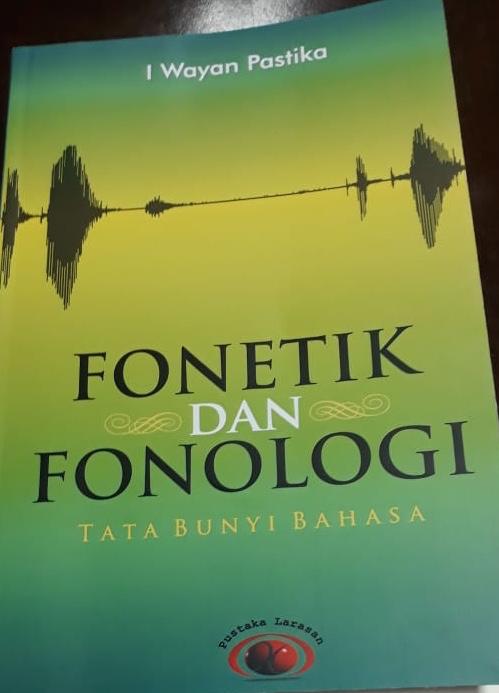
Phonetics and Phonology: the rules of language sounds
I Wayan Pastika
ISBN : 978-602-5401-51-0 Published : 2019
Abstrak
The level of language sound determines the existence of verbal language that represents the ideas of the speaker. When a language starts, the level of language sounds is more important than the level of grammar, both morphology and syntax. A series of language sounds can form morphemes or words which are the most important elements in conveying meaning. Assuming a language without a grammatical system, the speakers can still understand the meaning of the speaker. Indonesian spoken by a toddler who is 1.5 years old, for example, although without grammar, his/her words are only a few words, can only be recognized from the sound of consonants and vowels that are not yet intact, but can be encapsulated meaning or intent by close family members with it. For example, the Indonesian word spoken by a 1.5 year old baby: [nʊm] ‘drink’ can mean: ‘I want to drink’ or ‘drink’; [dʊɁ] ‘sits’ which can be interpreted to mean ‘you sit here / I sit here.’ In understanding the meaning or purpose of the sounds of language in the form of the spoken word is determined more by context outside the language. The context can be in the form of participant status, setting, time and natural elements around it (tools, objects, creatures) associated with vocabulary without grammar: morphology and syntax.
